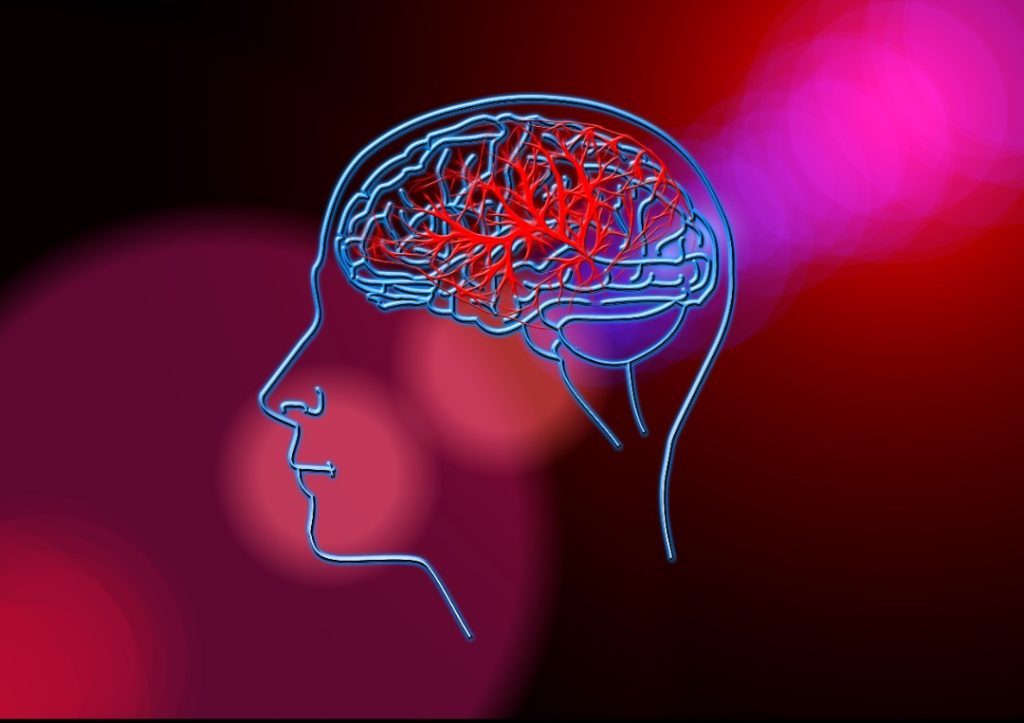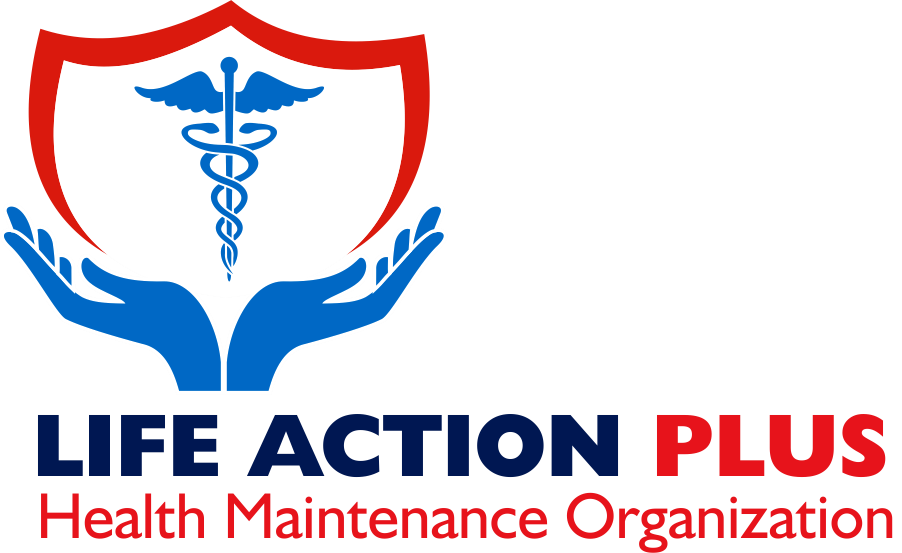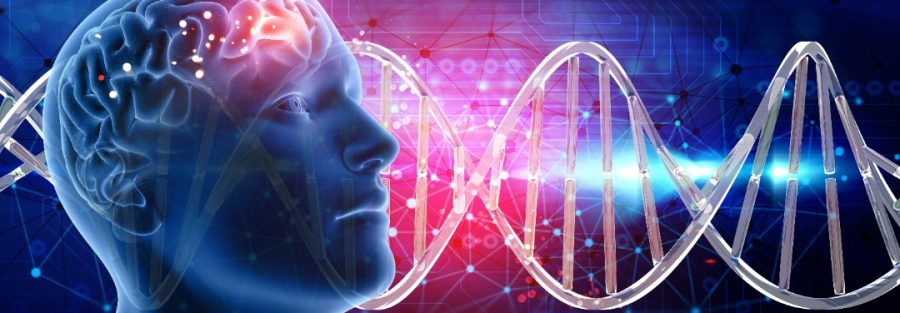A stroke may occur when the brain doesn’t get enough oxygen or when there is bleeding in the brain. The most common cause of a stroke is a blockage in a blood vessel to the brain, which is often due to a blood clot getting trapped where the blood vessel gets narrow. When the blood vessel gets blocked off, blood can no longer flow past the clot, oxygen can’t get to the brain tissue, and that tissue quickly starts to die off (Ischaemic stroke).
Sometimes though the clot might dissolve on its own before permanent damage occurs. This is known as a Transient Ischemic Attack (TIA), commonly described as a mini-stroke, and they typically go away on their own within a few hours. If a person is having a mini-stroke, they should still go to the hospital because it could be a warning sign that a larger stroke is about to happen.
Signs and Symptoms
Knowing the signs & symptoms of a stroke can make a big difference in how quickly someone gets care, and in turn, how well they recover.
Remembering the acronym FAST will help you memorize the signs of a stroke.
F = stands for face. Usually, one side of the face starts to droop and becomes hard to move. This can sometime cause the person to smile crookedly.
A = stands for arm weakness or the inability to hold both arms out straight in front of the body. But it’s not just about arms. Sometimes, stroke can also cause weakness in the legs.
S = stands for speech. This can either mean that the person is slurring their speech or having trouble understanding what others are saying.
T = stands for time. This means that you or anyone around should call for immediate medical attention when these symptoms appear. A stroke should be treated within the first few hours to increase the chance of a good recovery.
Strokes may also involve other symptoms, but these are the classic or universal signs of a stroke.

Treatment
There are 2 treatments that could be offered in the first few hours of a stroke. After several hours have passed these treatments may no longer work because the tissue can no longer be saved.
Tissue plasminogen activator (TPA): Works by dissolving the blood clot and allowing blood to flow back to the previously blocked vessel.
Thrombectomy: A minimally invasive procedure that can be used to remove larger clots from the brain.
Risk Factors
After stroke, the main goal is to prevent another stroke. However, a variety of medical conditions and habits makes this difficult in most cases. They include:
Hypertension: The most common modifiable risk factor for stroke is hypertension or high blood pressure. Lowering blood pressure back to normal can result in the greatest decrease in stroke risk.
Smoking: This approximately doubles the risk of another stroke.
Diabetes: This is a disease that causes high blood sugar which ultimately damages the blood vessels.
High cholesterol: This can lead to narrowing of blood vessels.
All these can predispose someone to having a stroke. But the good thing is that they can all be reduced through a combination of lifestyle changes and medication.
Recovery
After a stroke, recovery can be slow and sometimes people still see small improvements for a year or more. Depending on the type of stroke, individuals might work with speech therapists, physical therapists, and occupational therapists to regain physical strength and the ability to communicate effectively.
In general, outcomes of a stroke can be difficult to predict. While most stroke patients have some permanent neurologic deficits, many people recover well overtime, including those who weren’t treated within hours of the stroke.
Overall the goal after a stroke is to provide tools to maximize quality of life and to prevent another stroke from happening in the future.


